Complete Guide to the Tufted Titmouse
The Tufted Titmouse (Baeolophus bicolor) is one of my favorite feeder birds. He has a perky way about him without being rash or a bully at the feeder.
If you spend some time outside where they see you often, they'll become tolerant of your presence. If I had the patience, I think I could hand-feed them.
Description: Size, Field Marks
The tufted titmouse is in the same family as the Black-capped Chickadee and measures 6 to 6 1/2 inches long. They have large black eyes and a crest that they can raise and lower.
The back and wings are gray. Their underparts are whitish, the flanks are buff and the forehead is black on the eastern birds. On Texas birds, the crest is black.
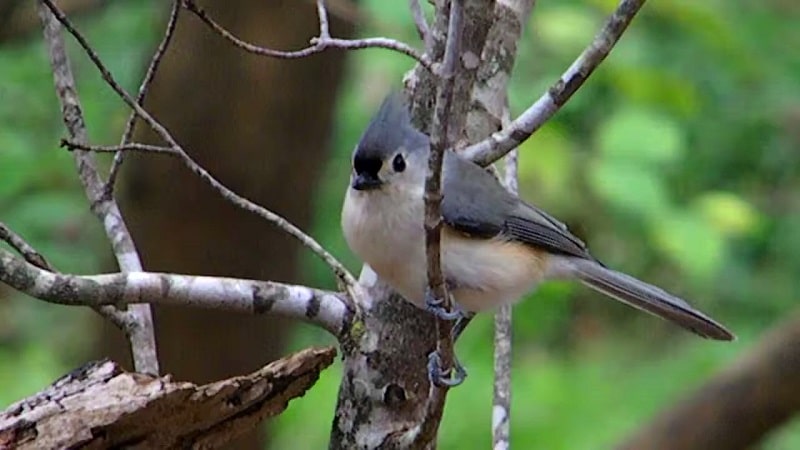
Males and females are similar in appearance. When the young first leave the nest, they have a yellowish-brown forehead and sand-colored eye-ring.
Tufted-Titmouse Nesting Habits: Habitat, Placement
Titmice can be found nesting in large patches of woodland as it's their preferred nesting habitat.
Although they typically will choose a natural cavity for nesting, they will also use a properly placed bird houses.
They nest fairly high in trees with the average nest placed around 35-40 feet above ground. Occasionally they will nest close to the ground.
Titmice do not excavate their own nest site, instead they look for old woodpecker holes or broken limbs.
Abandoned Downy, Hairy, and Red-bellied Woodpecker cavities are some of their favorite sites to set up nesting.
| Tufted Titmouse Nesting Habits | |
|---|---|
| Eggs | 5 - 8 |
| Incubation | 14 days |
| Nestling Phase | 18 days |
| Broods | 1 - 2 |
Titmice may re-use nest cavities if undisturbed for second broods.
The cup-shaped nest is built using moss, bark strips, and hair, placed at the bottom of a tree cavity.
Eggs Laying, Incubation, Fledging, Broods
Females will lay 5 to 8 eggs that are white with brown specks. Incubation is done by the female and will last 14 days.
During incubation, the male sometimes feeds the female. Females will leave the nest from time to time to feed and bathe.
Once the young hatch, both the adults will feed them. The young will leave the nest about 18 days after hatching.
When the young leave the nest the adults continue feeding them for awhile. The young may stay around through winter.
1 - 2 broods raised each season.
Mating and Courtship Habits
As a permanent resident in its range, titmice travel in flocks during the non-mating season.
With the lengthening days of spring, tufted titmice grow more intolerant of the wintering flock and become more aggressive towards each other.
As this happens, pairs (formed during the winter or anytime) disperse and begin looking for nesting sites.
The breeding season for Tufted Ttimouse runs from April to early July.
Do They Mate for Life?
Even though some pairs stay together for several seasons, they are not considered as birds that mate for life.
Tufted titmice often leave their mates after nesting to find new territories.
Diet and Feeding Habits of Tufted Titmouse: Summer
The tufted titmouse diet primarily consists of seeds, although insects make up a portion of what they eat.
They can be shy at the bird feeder, letting more aggressive birds feed before getting food for themselves.
Some of the seeds and fruit that are eaten include oak and beech mast, pine seeds, blueberry, blackberry, mulberry, bayberry, Virginia creeper, and hackberry.
Tufted titmice do not eat all the food they find at once. Instead, they hide it in tree bark or bury it in the ground. This behavior is called caching.
Feeding Tufted Titmouse: Winter Bird Feeder
The best bird seed to offer and attract the most Tufted Titmice to your bird feeding station is Black-oil Sunflower seed.
Tufted titmice will come to your feeders and select one seed, fly to a perch, crack it open, and eat it.
They'll keep performing this ritual until done eating or get driven away for some reason.
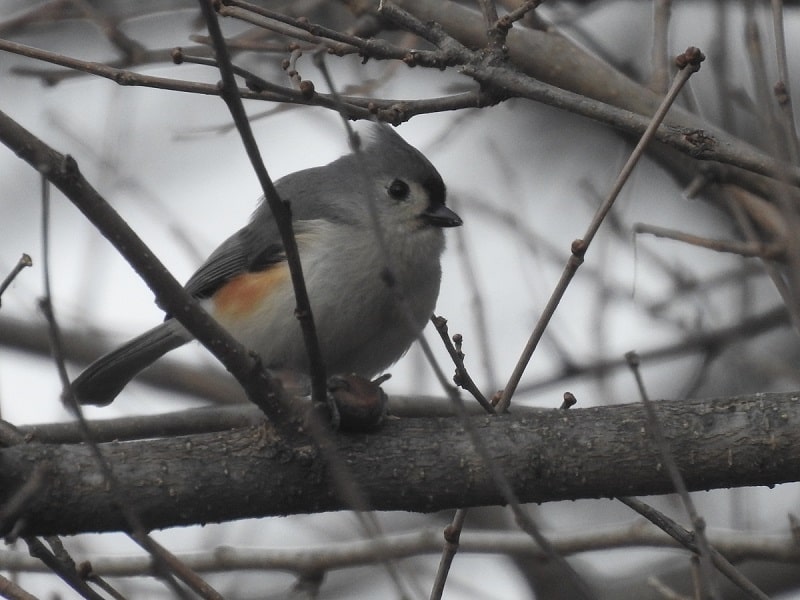
An interesting note is that the tufted timouse will cache one seed at a time and store it within 43 yards of the feeder.
They will locate these caches in various places to safeguard them from bird and mammal raiders.
A fun fact is that Downy Woodpeckers join flocks of tufted titmice and black-capped chickadees because of the alarm call of these birds.
Chickadees and Titmice give an alarm call when they see any danger. The Downy can spend its time feeding instead of watching for hawks.
At the bird feeder, you can attract the tufted titmouse by supplying sunflower seeds in your bird feeders.
Black-capped Chickadees, and titmice share the unique feeding habit of one seed at a time before returning to the feeder.
Tufted Titmouse Call - Song
The tufted titmouse is described as having an echoing voice. It is a very clear whistled series of four to eight notes that sound like peter peter peter.
This call is often repeated over and over as can be delivered as many as 35 times in one minute.
Typically the males are the ones who sing, although females may give a softer version.
Tufted Titmouse Range
The range of the tufted titmouse extends down the Atlantic coast from middle New England and as far south as southern Florida.
Titmice are found along the Gulf coast to eastern Texas, where its range turns north and follows the eastern margin of the Great Plains as far as southeastern Minnesota and southwestern Wisconsin.
The northern boundary extends eastward through Michigan, southern Ontario, and northern New York to New England.

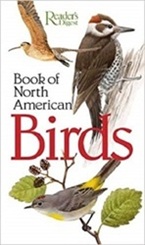
|
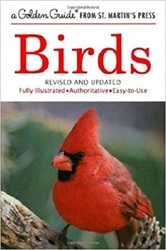
|
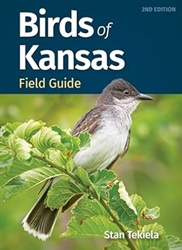
|
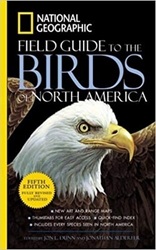
|
| Readers Digest Guide | Golden Guide | Your State Only | Nat-Geo Guide |






